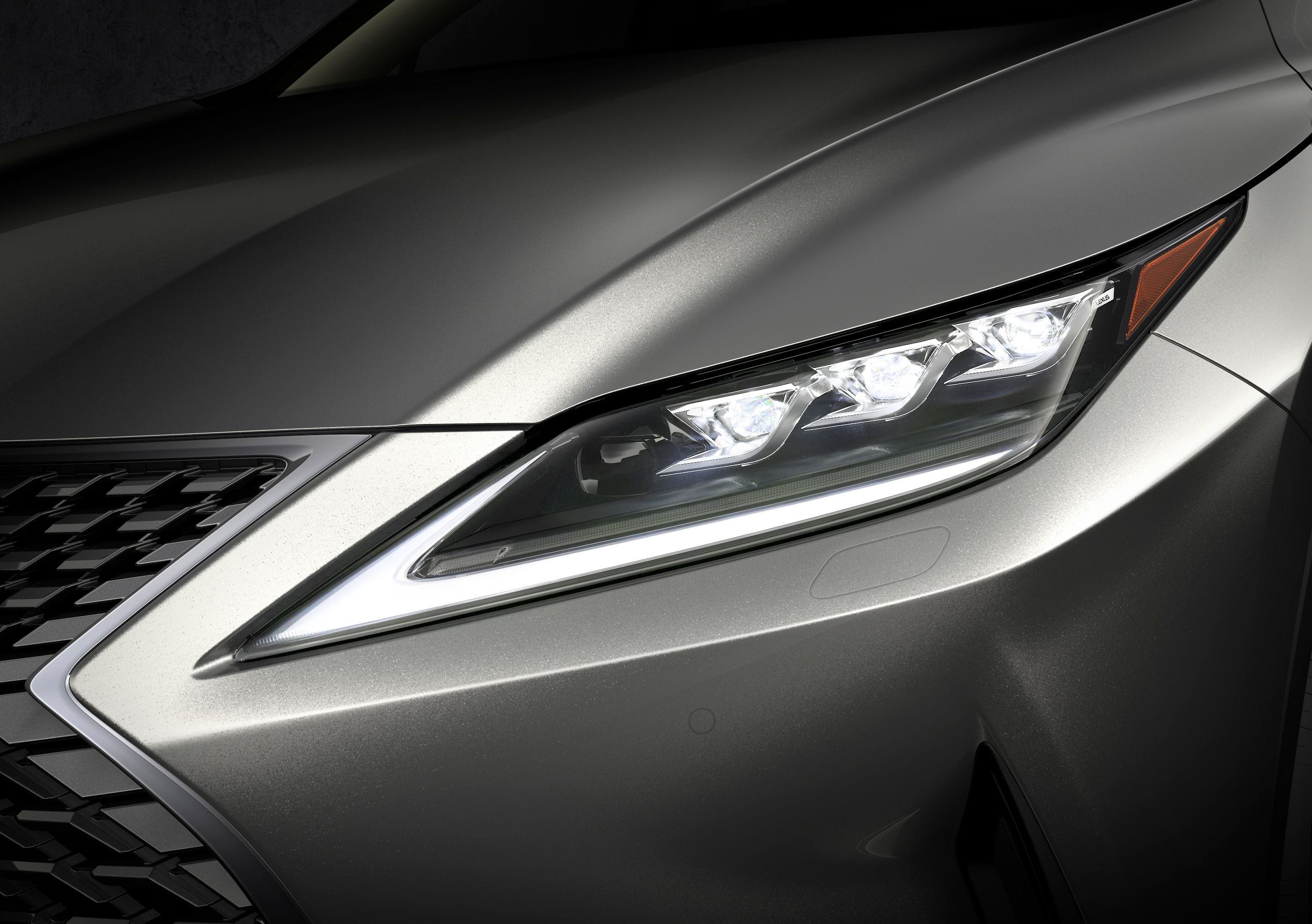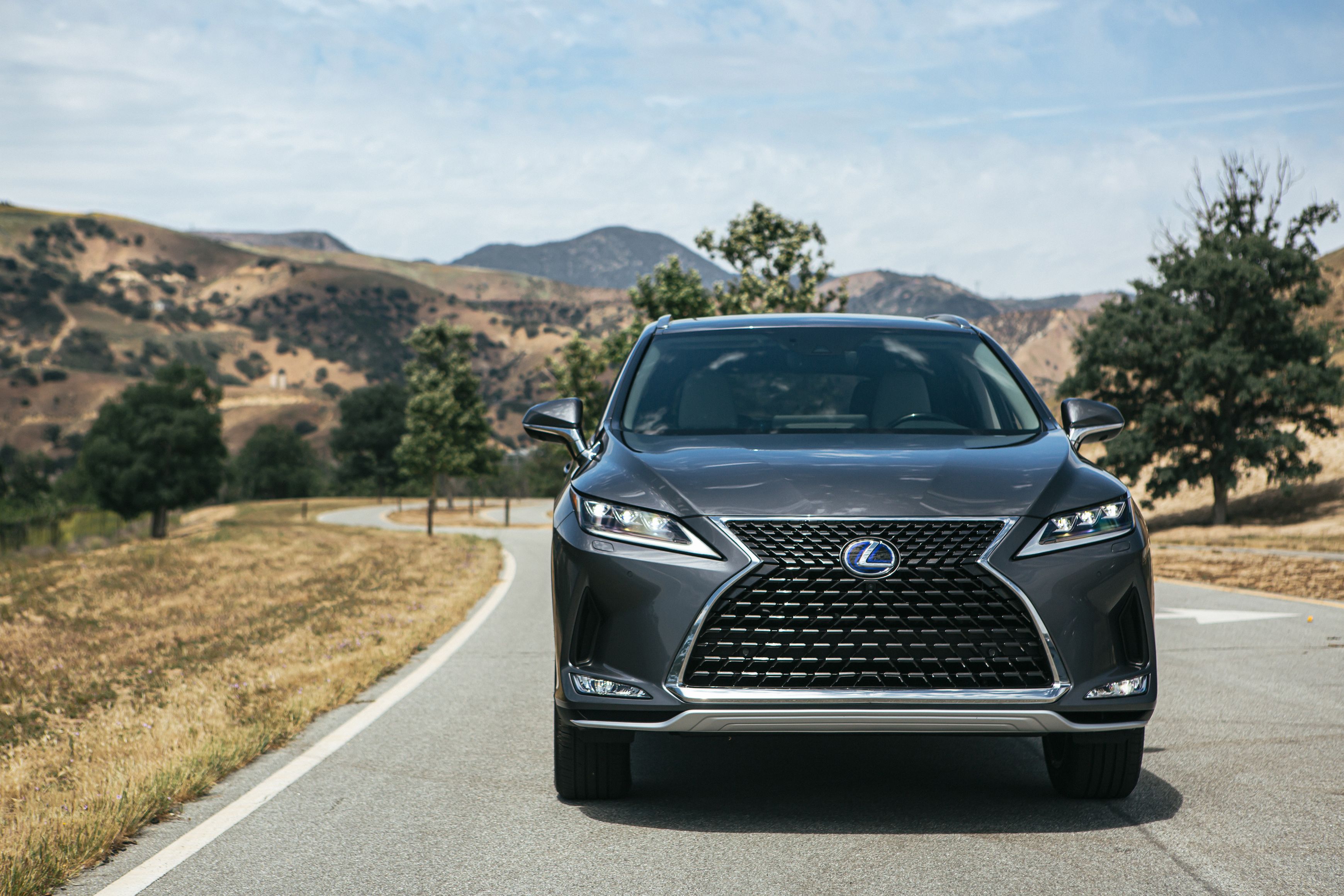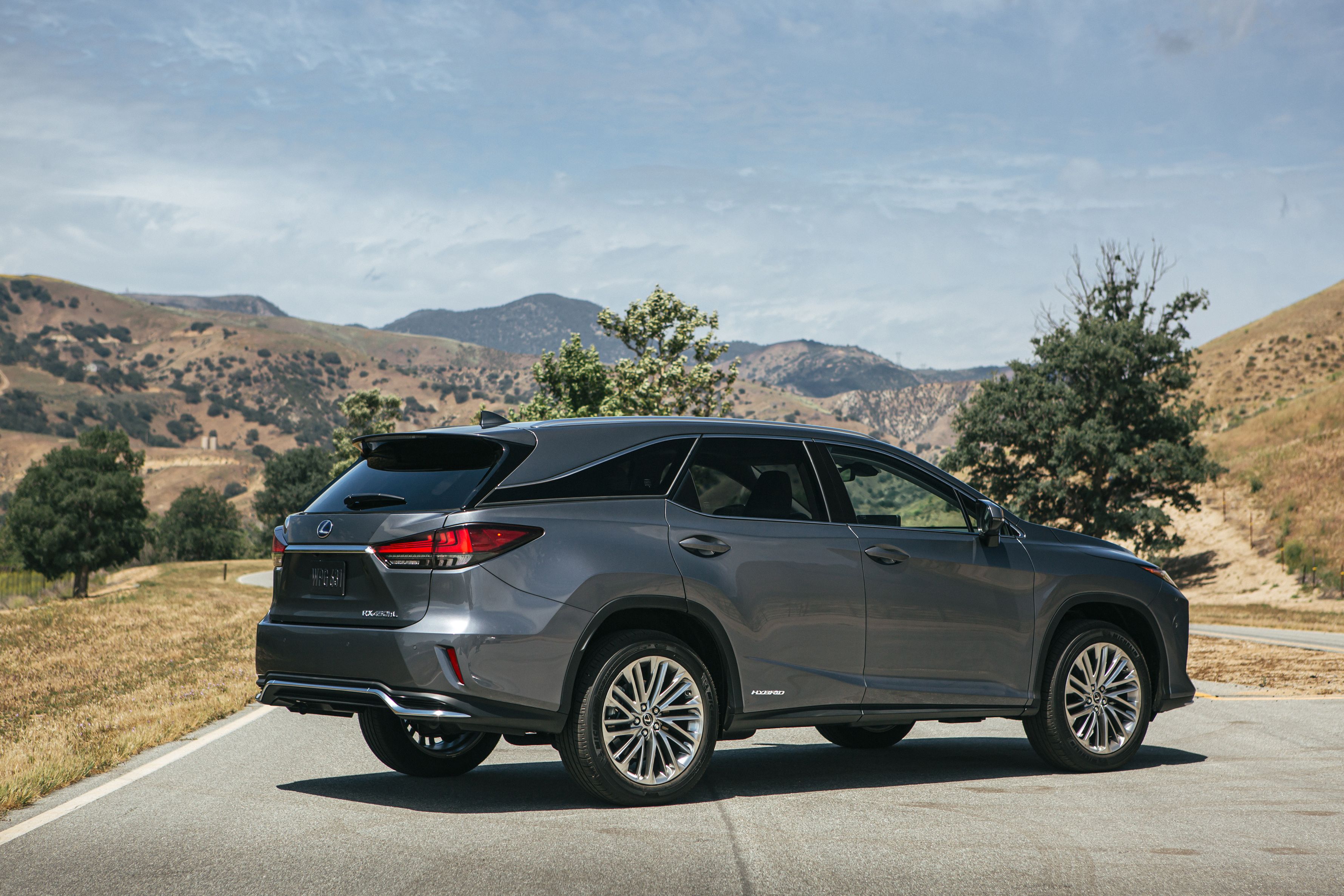Lexus is taking the phrase “cutting-edge technology” to a new level with the introduction of the Bladescan adaptive LED headlights on the 2020 Lexus RX 450h. Prospective buyers of the new SUV in Europe will be the first ones to try out the new lighting technology, which Lexus says is a big improvement from its existing adaptive headlamps. The Bladescan adaptive LED headlights are the latest in a series of lighting innovations that Lexus has pioneered in the auto industry. Remember, the Japanese automaker was the first brand to use LED headlights when it introduced the technology in the 2007 LS 600h. Lexus was also the first to market adaptive high-beam headlights with the 2012 Lexus LS. The Bladescan adaptive LED headlights are expected to deliver significant improvements in night-time visibility while reducing driver stress along the way. Our friends in Europe will be able to experience that first-hand when the 2020 Lexus RX 450h arrives later this year. Unfortunately, the technology will not be offered in U.S.-spec versions of the RX SUV.
What is Lexus' BladeScan?
There are so many ways to develop state-of-the-art technology that some forms are often swept under the rug to give way to flashier developments. These days, the industry is beset with advancements in electrification and autonomous driving technology that something as simple as headlights technology doesn’t get its just due. We’re not doing that. We know how important this equipment is in a car, not only because of obvious lighting reasons, but, more importantly, because of the advancements it has made in improving all-around safety for both the driver, passengers, and pedestrians.
Lexus’ new BladeScan adaptive LED headlamp system is the latest headlight technology from an automaker that has, in some ways, turned this aspect of automotive development into its very own corner. Sure, BMW and Audi were the first automakers to introduce laser headlights, but Lexus’ resume is just as impressive. It was the first automaker to use actual LEDs on a car when it launched the 2007 Lexus LS600h more than 10 years ago. It was also the first automaker to introduce adaptive high-beam headlamps, doing so when it debuted the 2012 Lexus LS in the earlier part of the current decade.
Lexus RX 450h BladeScan Design
Now, Lexus is at it again with a new headlamp technology that it claims is a huge improvement from its existing adaptive headlamps. According to the automaker, the BladeScan LED headlamps can control illumination to within 0.7 degrees as opposed to 1.7 degrees for Lexus' existing adaptive lamps. What does this mean exactly? In a nutshell, it means that the new BladeScan LEDs can light up more areas in front of it, specifically the sides of the road that are often still in the shadows with the current crop of adaptive headlamps. Speaking of which, Lexus’ current adaptive headlamps can spot a person at night within 105 feet. It’s an impressive distance, but nowhere near the 184-feet distance that the BladeScan LED headlamps can do.
The first thing to note is that the BladeScan LEDs come in a slightly different setup compared to the existing adaptive LED headlamps that are in the market on current Lexus models. Whereas the current LEDs are laid out in and arranged in two levels on each side — eight units at the top, 16 units at the bottom — the BladeScan LEDs are made up of only 10 units on each side, located in a compact module in the front corner of each headlight. Common convention dictates that the headlamps shine the light forwards, but that’s not the case here. Instead, the LEDs inside each BladeScan module cast their light diagonally across a pair of blade-shaped mirrors — hence, the name — that rotate at high speed. For the whole setup to work, there needs to be precise synchronization of the mirror’s rotation with the switching on and off of each LED, creating the shading effect that makes this new lighting technology a lot more advanced than what Lexus, or any other automaker, has in the market today.
Lexus released a short, 16-second video showing how it all works. You’ll see that certain areas are illuminated brighter than other areas in front of the car. This is what happens when the adapted, non-binding light is reflected into a lens, which, in turn, irradiates the beams into the road ahead. All the while, Lexus’ triple-eye light arrangement remains the same.
It’s no different from the time Lexus introduced LEDs or adaptive headlamps in the past. A big part of understanding new technology is accepting what it’s trying to establish without actually knowing what it’s all about. Only when you actually see it manifest on the road do you realize what Lexus was trying to accomplish.
The BladeScan adaptive LED headlamps have the makings of that. Personally, I was able to minimally grasp the purpose and function of the new technology. But it’s still not the same as actually getting on-board a 2020 Lexus RX 450h and seeing, first-hand, what the new lighting technology is all about. Unfortunately, getting to that point is going to be tricky, especially for us here in the U.S. that won’t have access to the BladeScan adaptive LED headlamps. It’ll arrive as an option for the 2020 RX 450h when it goes on sale in Europe. But not here. When the U.S.-spec RX 450h makes its way to America, it’ll come with the current adaptive LED headlamps. It’s not a bad alternative, but I’m like most of you in this regard. I want to see what this new lighting technology is all about. The sooner I find out, the better.
Final Thoughts
If there is a silver lining to all of this, it’s that the America-bound 2020 RX will still arrive with a handful of significant upgrades. Exterior tweaks are expected, even if they’re minimal at best. The interior also receives a smattering of new digs and features, none more important than the long overdue inclusion of Apple CarPlay and Android Auto. You can even score a large 12.3-inch infotainment screen with improved voice recognition if that’s something that tickles your fancy. The new RX also boasts improved safety features, including s better low-light pedestrian detection, lane-tracing assist, and pre-collision warning that not includes the ability to detect bicyclists, on top of actual vehicles and pedestrians.
It all looks good for the U.S.-spec 2020 Lexus RX. All except the BladeScan adaptive LED headlamps. That’s not coming to America, not yet at least.
Lexus RX450h Powertrain
|
ICE unit |
3.5-liter V6, gasoline |
|---|---|
|
Electric motors |
2 |
|
System output |
308 horsepower |
|
Fuel efficiency |
29-30 mpg |




